Broadcast Innovation : Jack Kestenbaum
“I don’t know what you’re going to do, but someday down the road, you’re going to be a great curtain puller.”
Those words, spoken of a man who would forge onward to an illustrious 42-year television career, much of which just so happened, behind the curtain. His accomplishments are more than worthy of the title “pioneer and innovator” in broadcast television.
Thank you Mother Kestenbaum for penning those prophetic words and thank you Jack for all you’ve done for television above and beyond ‘curtain pulling”.
Jack’s contributions are part of the moving force that developed and refined the technologies that gives us the television experience we all enjoy today. Whether it’s hearing the play calls from a quarterback, the sounds of horses jockeying into the gates, a skater’s blade cutting through ice or making sure the President doesn’t get egg on his face all happened because of Jack Kestenbaum. Quite literally Jack stepped up to the requests made by some of the most famous names in the TV Broadcast industry, and created, from their lips to our ears, the technology to make it all happen.
Jack is presently the Director of Technical Operations for the Yes Network, home to the New York Yankees, Manchester United, Nets and other award winning programming. YES’s coverage is touted as one of the country’s top regional sports network. His current success was not served to him on a silver platter, rather it was the result of decades in the entertainment business perfecting his craft.
Jack’s journey began in 1968. After a stint with the Army’s Signal Core where he acquired a solid background in electronics, he found himself in Poletka, Florida, selling advertising for a local paper.
The manager of one of his account offered him a job in a new venture, and as fate would have it, this new venture was called cable television. He wore many hats while there. He produced, directed, audio engineered various programs including a show whose format was borrowed from an unlikely place, church bingo.
His gained knowledge and experience landed him a job at WTLV, a NBC affiliate station. Once again sporting several technical hats. Soon an audio engineer position appeared, an opportunity that would lead him to the role that would eventually define his career.
After 18 months at WTLV, and after the birth of their first child, Jack and his family returned home to New York City. The valuable time on the front line he acquired in Florida, made him a hot commodity in the New York broadcast industry, landing him a job at ABC.
“The guy that was doing Chanel 7 Eyewitness news in NY was about ready to go on vacation, and they didn’t have a qualified person. They snapped me right up.” Jack recounts.
During his first three years at the network he worked on several shows, including the $10,000 Pyramid with Dick Clark and Good Night America with Geraldo Rivera.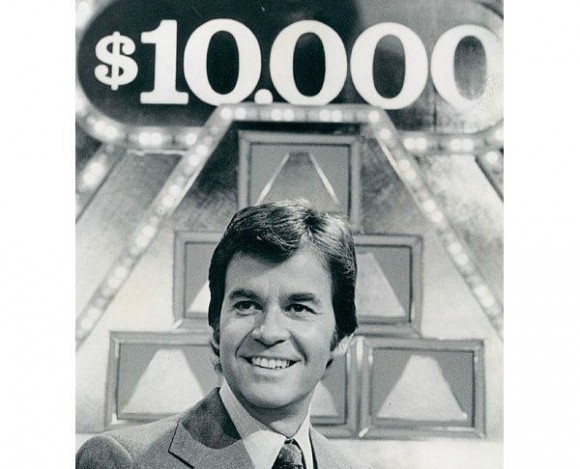
In 1976, Jack took part in a variety show called Saturday Night Live with Howard Cossell. The goal was to make Cossell the next Ed Sullivan, and with such high goals, comes high expectations. Necessity would be a catalyst for innovation, adaptation, and would tap into the resourcefulness of the minds given this challenging task that seemed improbable due to the limitations of the technology at the time.
Let me reiterate: Improbable, not impossible.
For the show’s maiden voyage, ABC wanted to have talent and guests outside the Ed Sullivan Theater on Broadway for part of the show, a feat unheard of at the time. They faced the challenge and improvised. Using available Yagi antennas, they extended the wireless range of the widely used Swintek-Vega wireless microphone from 50 feet to hundreds of feet.
Jack spent the next three years working on College football as an audio assist. During that time, he was fortunate to work alongside many seasoned professionals. He credits the mentoring of industry veterans like, Jimmy Davis and Jack Hughes, as an important influence in his career.
“Those two guys taught me my craft.” Jack says with humbleness and pride.
Skills, resourcefulness, real world experience and a benefactor of decades of industry knowledge, made him a prime candidate when ABC Sports was on a search for a senior audio engineer. In 1981, his reputation of stepping up to the plate and getting things done, landed him a career maker role on ABC’s highest grossing show, Monday Night football.
“Monday Night Football was the crème de la crème of sports.” Jack said.
Under the leadership of Executive Producer and Vice President of ABC Sports Ronne Arledge and Julio Barnathan, President of ABC Broadcast Operations, there was a standard that strived for perfection, professionalism and accountability.
“It didn’t matter if you were an utility person, or the senior audio person, or senior technical director, a truck driver, there was such pride and ownership. The term ”seasoned professionals” told you who was there.” Jack said proudly.
His first Monday Night Football game was at Foxboro Stadium, the home of the New England Patriots. There he was introduced to the legendary director, Chet Forte. His leadership, contributions and strife for perfection, was the driving force behind the show’s success and popularity. Chet Forte was considered by many as too demanding and difficult to work with, but he was also known for bringing the best out of his crew.
“Monday Night had the success it did because of Chet forte. No doubt in my mind. “ Jack reflects with great admiration.
Preparation for a Monday Night Football show was never quite the same. Tech setup would usually begin on Sunday, Saturday if it was a west coast game. The television production trucks plugged in, powered up and established connectivity. A survey of the preexisting camera and audio cables determined their functionality. ABC, CBS and NBC would usually install their own cable and leave it, removing them was not cost effective, but it didn’t make life any easier either.
Setup was a constant adventure. The choice of camera cables could’ve been either Tri-X’s or TV 81 cables. As for audio cables, there were three different standards, each network had their own. Once the cabling needs were addressed, the web of audio cables figured out, the cameras were put into position. The tape machines, microphones, communications, IFB’s were all checked. A full rehearsal under the same game time conditions was next.
“Chet insisted he wanted to see the cameras, and do the rehearsals under the lights. He wanted to check everything.”
The production truck he audio engineered his first MNF was equipped with a Gates 16 fader console. Borrowing from the available technology, Jack used M67 Shure mixers to sub-mix numerous sources that would then be fed as one source into one input on the board. Jack’s adaptations, modifications and creative reengineering helped get the job done. A challenging environment was what he was built for.
“Necessity is the mother of invention”
Much of what was developed was birthed from necessity. There were often requests where the technology did not exist, and needed to be conceptualized and built.
“Chet Forte came to me and said, I don’t know why I can’t hear the quarterback? He didn’t take into account there were 30 to 50 thousand people screaming in the room and he wanted to hear the voice of one guy”, Jack laughs.
CBS laboratories had developed a parabolic reflector, which they used during their football game coverage. Jack tapped into his industry connections, and was able to borrow one. Then, with the help of a mathematics professor, developed a design that increased the reflector’s range. Using CBS’s ineffective design, modifications brought the diameter down to 22 inches, increased the depth to 11 inches and changed the focal point to 3.
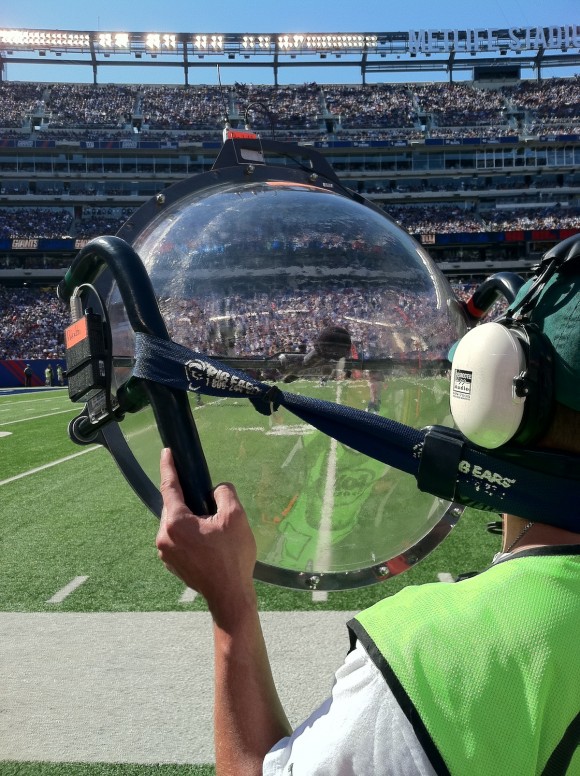 ”We ended up with the best dish on the planet.”
”We ended up with the best dish on the planet.”
It’s first practical application was at a San Diego Charger’s game at Jack Murphy Stadium. The parabolic was working; its design brought the sound of the action into the living room and intensified the viewer’s experience.
“Somewhere after the 4th play of the game, Chet Forte turned to me and said, can you turn down the sound of the quarterbacks, they’re too loud.” Jack humorously recalls.
Refinement of technology is difficult enough, but another of Jack’s biggest challenge came in 1986, at ABC’s coverage of the Belmont Stakes. Curt Goudy Jr., legendary sportscaster, led Jack down to the start gate and told him to listen to the sounds of the racetrack. Jack recounts, “Did you hear that? I never hear that on television, and I want to”.
Jack needed to capture the sounds, but had to make sure that what he did would not affect the race by spooking the horses. Since it didn’t exist, he had to create it. He built an audio harness of XLR cables that lead to each of the lavaliere mics that had been placed near the hinges on the gate and one by the bell. The cables were carefully hidden in the superstructure, connected to battery powered Shure mixers, sub-mixed, the output sent to a wireless microphone transmitter, eventually transmitting the signal to a receiver, which fed an input on the audio board.
“You would hear hinges creaking, horses whining, you would hear every single sound of the start gate. Never existed before.” Jack recounts with pride.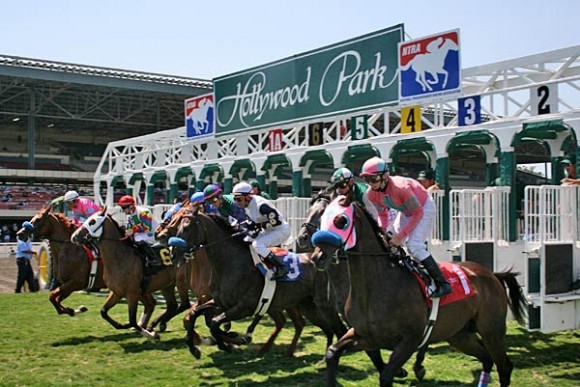
During ABC’s coverage of the National Figure Skating Championships, Curt Gowdy once again took Jack for a stroll, this time down to the ice. Gowdy pointed out the sounds of the skater’s blades scraping and cutting the ice. He wanted to hear that too.
Jack turned to a new technology called PZM’s, Pressure Zone Microphones that had been developed by Crown. They were too expensive so he took a walk to the neighborhood Radio Shack, and bought six of their inexpensive PZM’s. He then secured the mics to the rounded corner boards on the rink wall. Using the mics and the rink’s curved corners, he effectively recreated parabolic reflectors. Jack’s resourceful adaptations and innovation brought the sounds of the ice to the viewers at home.
“Around the second pair that came out, Curt asked for less ice noise, I was burying the announcers”. Jack laughs.
One of his greatest challenges had Presidential implications.
The NFL was to have President Ronal Reagan officiate the coin toss from the Oval Office at the White House for Super Bowl 19. President Reagan was to be heard by the officiators and the viewers, and he needed to hear the officials. It was imperative that this two-way communication went flawlessly. The fear of failure to do so in front of millions of viewers could not happen. The President’s image was not to be tarnished. So after one blown rehearsal and the rattled nerves of the White House people, Jack was asked to step in, and make it happen. And he did, flawlessly.
“That scared the life out of me!” Jack laughs, “That was a sleepless night.”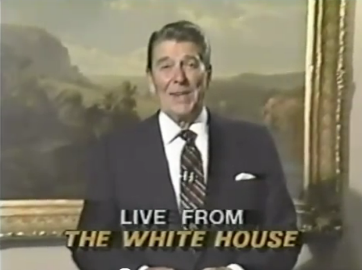
These are but a few of Jack Kestenbaum’s experiences and contributions. His presence and influence during the maturation and advancement of television lent to the experience we all enjoy today.
Jack experienced black and white, color, high definition and 3D television first hand, so what new technology does he see in our television future? While attending a recent 3D seminar, that included some of the technologies top experts, he caught a glimpse of what’s in store. When asked what’s next, one of the experts claimed that the technology exists, and that holographic television is the future and only 15 years away. Incredible to imagine, but then again at one time 3D also seemed impossible.
“You get a holographic projector, place it in the middle of your living room and it produces this holographic look of Yankee stadium. You can walk around it, sit behind home plate, be out there with the bleacher creatures, sit behind the dugout, you can move wherever you want to go because it’ll be 360 degrees, a complete holographic representation.”
The future is indeed within our grasps. Jack believes whole-heartedly in mentoring the young, because the future of broadcast lies in their hands. His four decades of experience lends to priceless, professional advice. Desire and willingness to learn are key elements in the advice he shares.
“Kids would say to me, how do you get into television? I would tell them very simply, I would take off the back and crawl into the set, that’s how I got into television. “
A simple enough question answered by priceless advice.
He also adds, “You have to pay your dues. You can’t have 10,15,20, 30 years of experience until you have 10,15,20,30 years, so don’t come in here and tell me you’re the best thing since sliced bread. You have to find something that floats your boat, you have to prepare yourself to do something rather specific.”
Success comes from hard work, but family is from where it grows.
During 11 years of Monday Night Football, Super Bowls 19, 20 and 25, Olympics, golf, horseracing, years where 220 days of which were spent on the road and kept him away from home, he was grateful that his wife was at home.
“My wife did a heck of a job raising my two kids.” Jack beams.
During all his years, all his experiences and stories, Jack recounts one that resonates deeply. One of his sons wanted to get into the TV business, so he asked him if he had any contacts he could reach out to.
“I said yeah, I got a couple, but you need to send me a resume, which he did, and the resume begins,
“I pride myself on being a second generation broadcast professional”. It almost brought me to tears.”
One short, sweet and meaningful phrase sums up a lifetime of achievement and hard work.
He stepped up to the plate, and got it done.



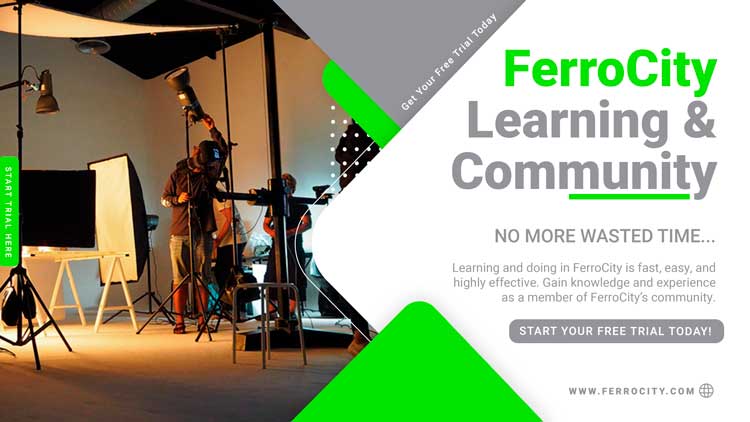
Comments
One Response to “Broadcast Innovation : Jack Kestenbaum”Trackbacks
Check out what others are saying...Inch Parabolic Reflector White…
[…] s blade cutting through ice or making sure the President doesn’t get egg on hi […]…